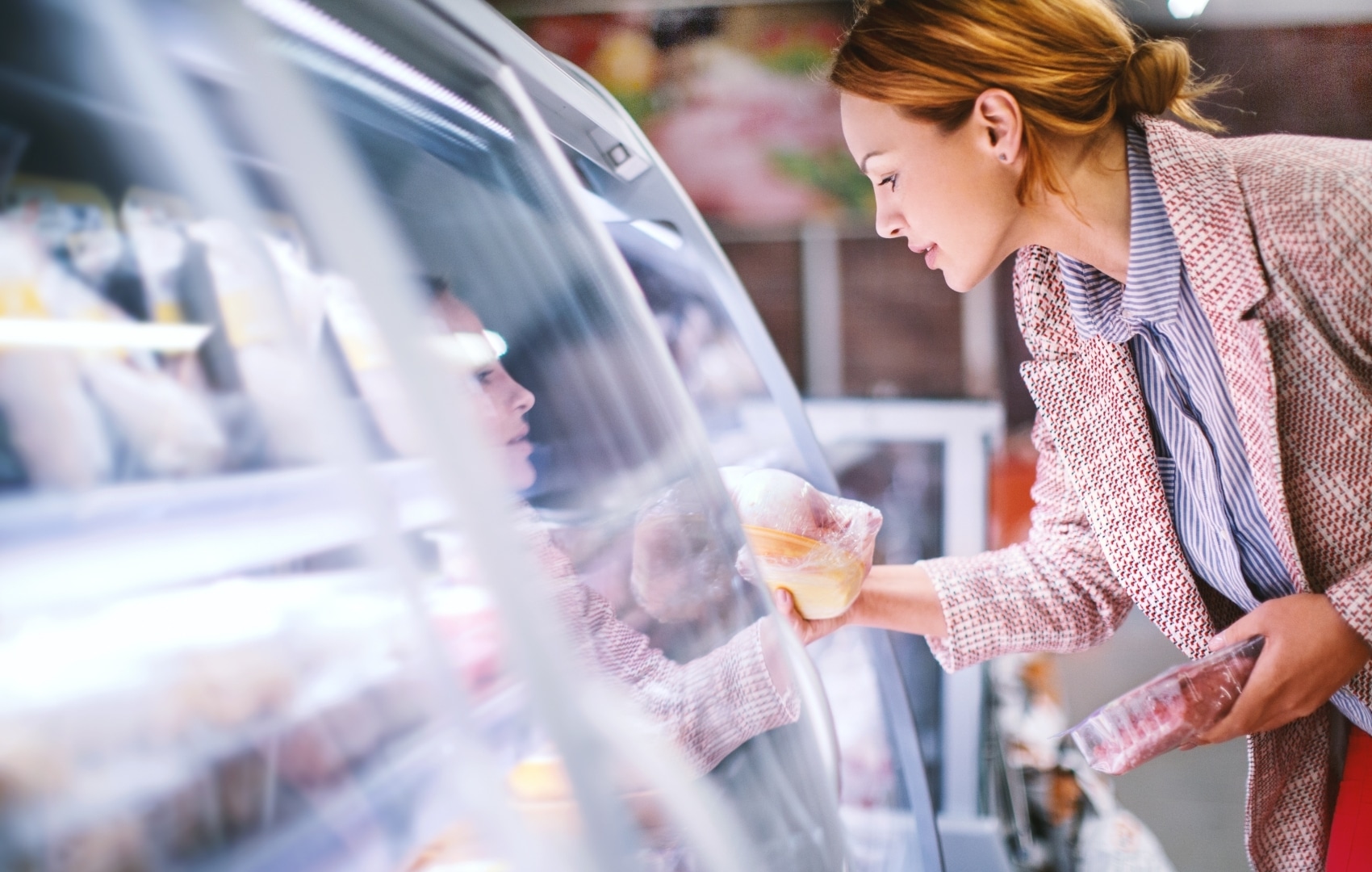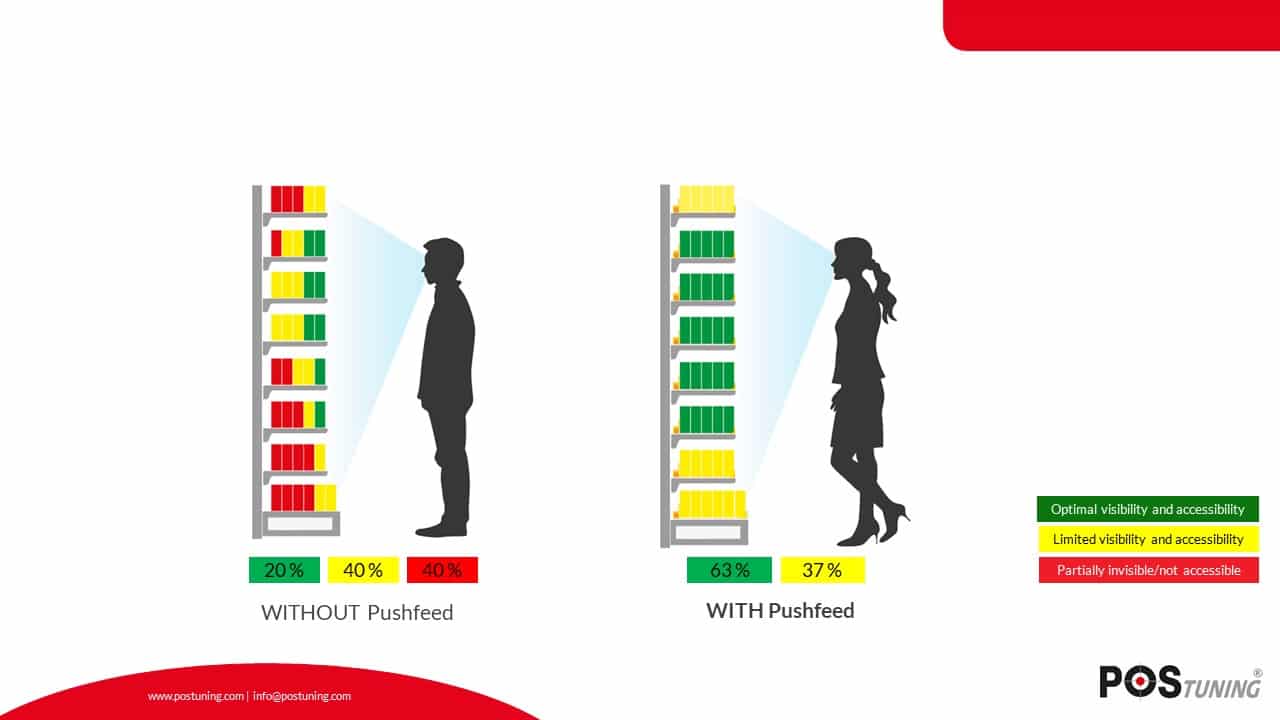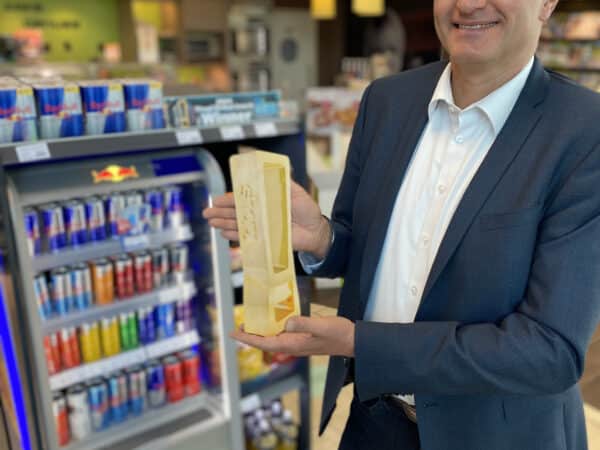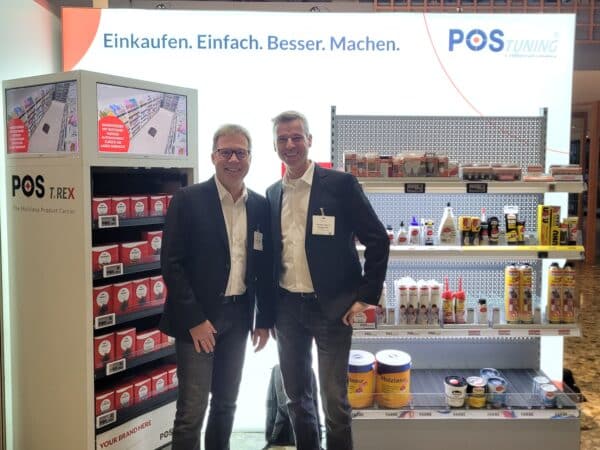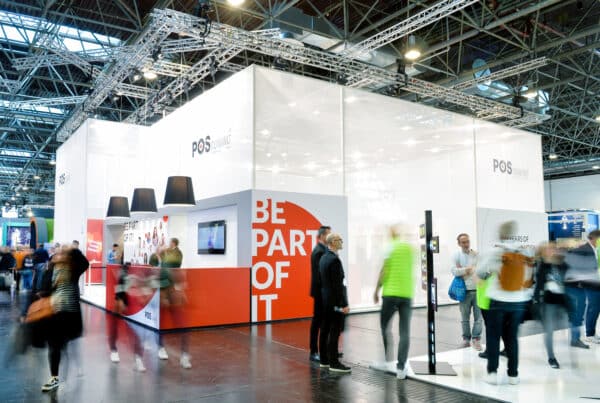Bad Salzuflen, 19.03.2021. It’s quite strange: some products are real bestsellers — they have hardly arrived on the shelves and are already sold out again. Another product, on the other hand, remains almost unnoticed and is hardly seen by the customer. What is the reason for this? Is it the product — the brand — that is decisive for whether the impulse to buy takes place or is it the design of the packaging or something else entirely?
The market research company POS Pulse got to the bottom of the question of product perception and found some astonishing and exciting results. A so-called product check was carried out via the Streetspotr app. The categories examined were soft drinks, sweets, body care, crisps and snacks.
All the results have one thing in common: across all the categories surveyed, eye-catching packaging was the main reason for consciously noticing the brand or product. The eye-catching designs of the well-known labels achieve such visual strength that the customer, almost without thinking, simply reaches for it. For soft drinks, almost 50% of respondents said that the packaging is the most noticeable. The figures for the other categories are similar (confectionery 32.65%, drugstore 41.67% and snacks 40.82%).
Of course, brand awareness is also an important aspect. Especially in confectionery, customers are brand loyal and connected to the product. The market leaders from Mondelēz, Ferrero and Lindt are the eye-catchers on the shelf. Supported, also by strikingly designed advertising displays, the market presence is underlined again and again. More than 20% of respondents consciously notice these displays and cite them as the reason why they noticed the brand.
The analysis of the perception in the different shelf zones is really exciting. Interesting results can be read in the so-called bend, reach, stretch and view zones. In the categories soft drinks and chips/snacks, 8.16% of the respondents say that the placement in the grip zone is a reason for brand perception. For drugstore products, it is even almost 13 %.
So what does this mean for retailers?
One thing is certain: design and brand awareness are impulse generators in the purchase decision. But: as before, this study underlines that people can only buy what they see. If you look at the different figures in the individual shelf zones, it becomes clear that the placement of the products on the shelf plays a decisive role in product perception.
In order to better understand the figures, it is important to become familiar once again with the individual shelf zones:
The stretching zone is located in the upper area of a shelf and starts at 170cm. Here, it is sometimes difficult to reach products even for taller people. The viewing zone is located at a height between 120cm and 170cm. Customers of normal height can easily see the products presented here because they are almost at eye level. The grip zone is located at a height of between 80 cm and 120 cm. Here, products can still be easily recognised and grasped. In the bending zone, things become more difficult. At a height of partly less than 80 cm, the customer may even have to kneel or crouch down to reach the product.
If we now look at the values in the individual categories, we see that products located in the stoop zone are hardly noticed or not noticed at all. The values are below 5% in all the categories asked about. The same applies to the so-called stretching zone. There, too, the perception is below 5%. If a product is placed in the grip zone, the perception increases again (12.50% in the body care category, over 8% for soft drinks, crisps and snacks).
What does this mean for the placement of products on the shelf?
Reck and stoop zones cannot remain empty. The solution is simple. Visibility can be improved, especially in these shelf zones, with push feed systems. If products that are already difficult to reach in the stretching and bending zones are always presented at the front of the shelf through the use of feed systems, the visibility and thus also the perception of the brand is increased. The use of shelf automation not only increases brand perception, but also sales. Customers can visually grasp a brand or product in a few seconds and decide whether to buy it or not. But they must be able to see the product and, in the best case, reach it effortlessly. If the products are at the back of the shelf zones, the customer cannot reach them. Thus, the purchase decision is aborted at this point at the latest. The retailer can present every product in every shelf zone at the front of the shelf by using push feed systems. This way, even the customer-unfriendly shelf levels become a stage for all products.
Press contact
Maren Brettmeier
+49 5222/36965–646
+49 1721338139
www.postuning.com
info@postuning.com

